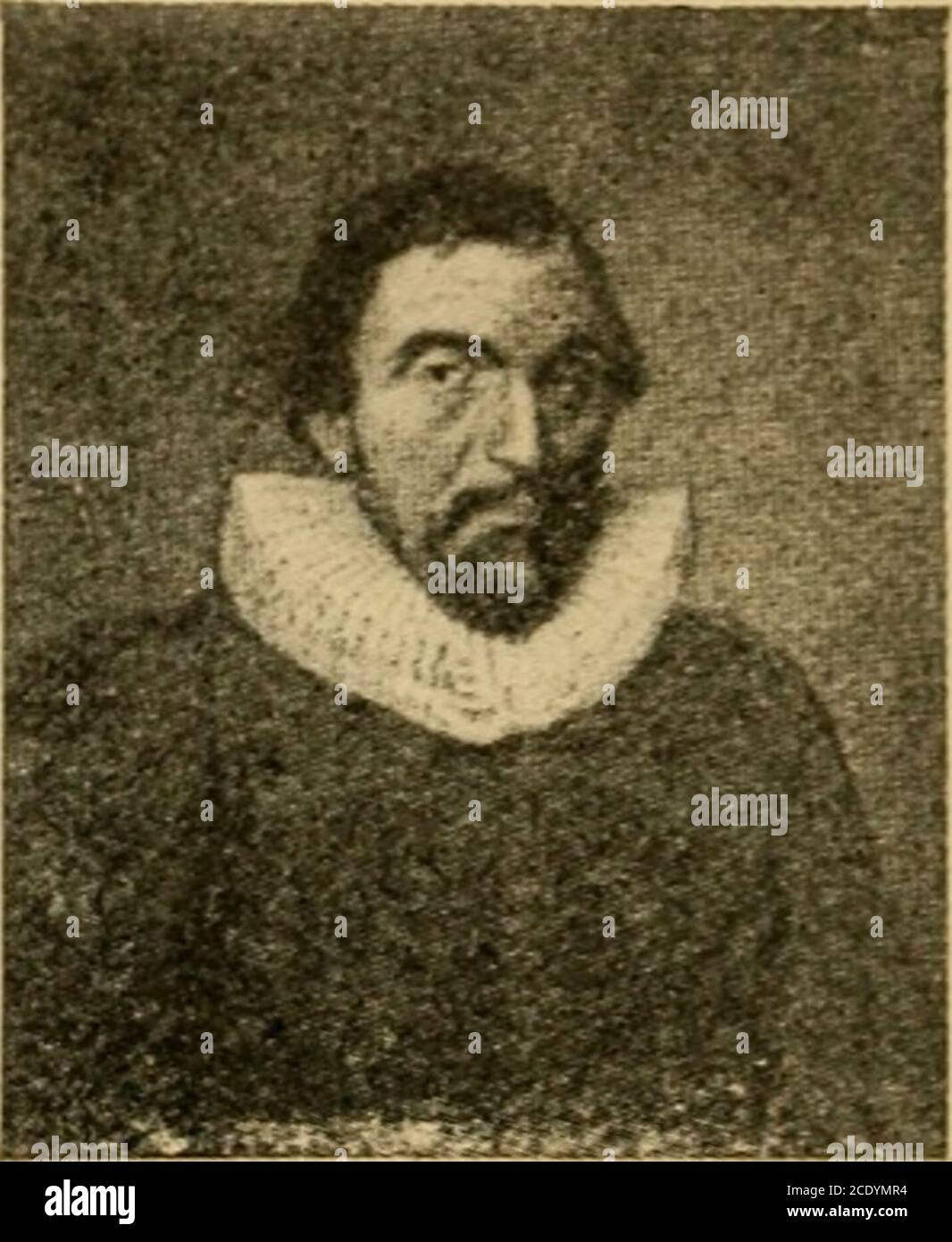. The blue flag; or, The Covenanters who contended for "Christ's crown and covenant" . nburgh, and all the people who had cometo the city to go home. The Presbyterians then mettogether and drew up a complaint against the bishopsas being the cause of all the trouble, and great numbersof the nobles and of the people signed it, in Edinburghand throughout Scotland. But this did no good; theKing was obstinate and determined to have his way,and he issued a proclamation declaring that the bishopshad done nothing but what he had commanded themto do, and he charged the people who opposed thebishops wit

Image details
Contributor:
Reading Room 2020 / Alamy Stock PhotoImage ID:
2CDYMR4File size:
7.1 MB (265.1 KB Compressed download)Releases:
Model - no | Property - noDo I need a release?Dimensions:
1432 x 1745 px | 24.2 x 29.5 cm | 9.5 x 11.6 inches | 150dpiMore information:
This image is a public domain image, which means either that copyright has expired in the image or the copyright holder has waived their copyright. Alamy charges you a fee for access to the high resolution copy of the image.
This image could have imperfections as it’s either historical or reportage.
. The blue flag; or, The Covenanters who contended for "Christ's crown and covenant" . nburgh, and all the people who had cometo the city to go home. The Presbyterians then mettogether and drew up a complaint against the bishopsas being the cause of all the trouble, and great numbersof the nobles and of the people signed it, in Edinburghand throughout Scotland. But this did no good; theKing was obstinate and determined to have his way, and he issued a proclamation declaring that the bishopshad done nothing but what he had commanded themto do, and he charged the people who opposed thebishops with rebellion against himself. Now, rebellion ? against the King is to be punished by death; so thePresbyterians saw that there was going to be very ^. serious trouble in Scotland. The Presbyterian noblesand the leading ministers determined to try to get thepeople to sign a promise, or covenant, to stand bytheir faith e en unto death. A great day of fasting and .prayer was appointed, and on the day following Rev.Alexander Henderson and Johnston of Warriston were .j8 THE BLUE FLAG.. Rev. Alexander Henderson. appointed to draw up the Covenant, and Rothes, Lou-don, and Balnierino to revise it. This Covenant, hence-forth to l)e called the Na-tional Covenant/ consistedof three parts: (i) The OldCovenant, drawn up by Rev.John Craig many years before, in 1590, by request of King-James VL of Scotland, who be-came James L of England, andsigned by him, and for thatreason often called the KingsConfession. (2) The acts of the Scottish Parliament condemning Romanism, andcoiifirming the acts of the Presbyterian General Assem-bly. This part w^as w^ritten by Johnston, afterwardsLord Warriston. (3) The special application of thewhole to the present circumstances of the church, written by Alexander Henderson. This was the o-reat National Covenant, and Februarvthe 28th, 1638, was the day set for it to be signed inEdinburgh. By early dawn the leaders of the churciiof Scotland met and read oer the wh